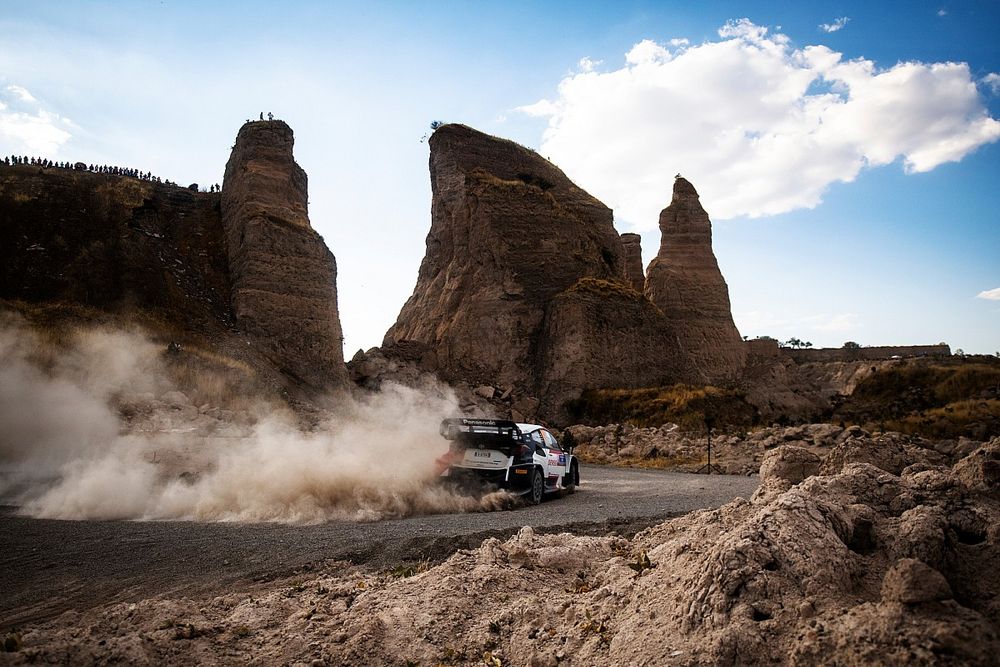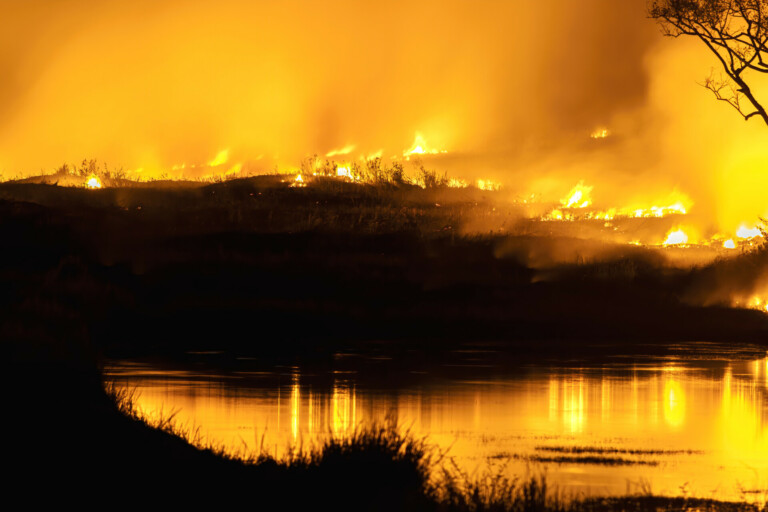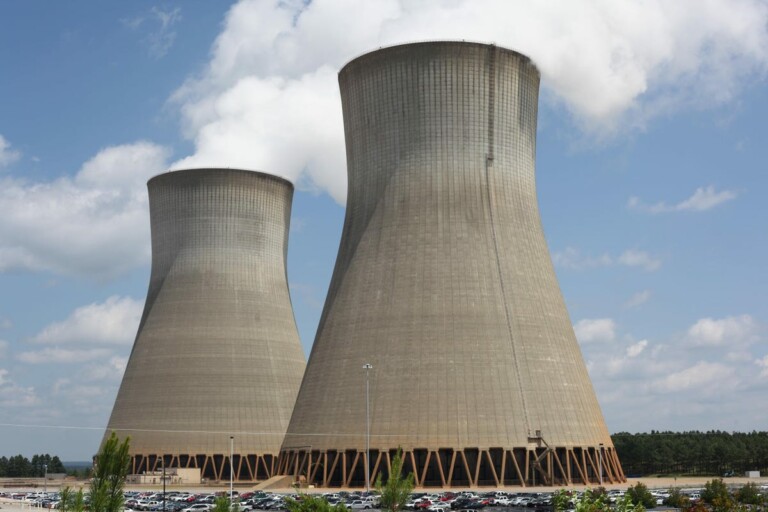The World Rally Championship has held the American Dream ever since its last visit 35 years ago. While a return could be on the horizon, there’s still numerous challenges to navigate, for both the series and a US event, before reaching its Manifest Destiny
Cracking America can be a gamechanger for any business, which is why the advancement of plans for the USA to join the World Rally Championship in 2024 is significant. The WRC has targeted a round in the USA since 2018 and it appears those plans have taken a significant step forward following last week’s announcement that Chattanooga in Tennessee will host a demonstration event from 7-8 April. A possible test rally, to be evaluated by the FIA and WRC, is expected to occur in September.
Should these events be deemed a success, then Rally USA could secure one of two calendar spots earmarked for the Americas for next year, with last weekend’s Rally Mexico most likely to miss out given it only held a one-year deal for 2023 and Chile already has signed a multi-year agreement.
If the USA earns a berth, it would mark a first WRC event in the country since 1988 when Lancia’s Miki Biasion won the Olympus Rally – an event which enjoyed a three-year stint on the world stage.
It’s easy to understand why this is a momentous opportunity for the WRC. Put simply, the US boasts both the largest consumer market and economy in the world. It’s an opportunity to expand into a new territory which the WRC is keen to explore. This desire to reach a new audience was cited among the reasons to launch a new 24/7 Rally.TV platform this year.
Then there is the proof of what can be achieved by another world championship motorsport discipline that has successfully broken into the US. Formula 1, being the current trailblazer thanks to a boom in popularity fuelled in part by Netflix, is making a mark in the US having previously languished behind homegrown staples NASCAR and IndyCar.
The USA offers a chance to tap into a new emerging audience where rallying has come to the fore through the late Ken Block and stars such as Travis Pastrana. If plans are executed successfully, Rally USA could gain a swathe of new fans and be hugely beneficial for all championship stakeholders.
“We know from our statistics that we have a lot of fans in the US, as you would expect as it is country of nearly 350 million,” WRC event director Simon Larkin tells Autosport. “We know we can embrace that. It is a big market and big opportunity for us and for everyone.
“Okay, they don’t sell the Ford Fiesta, they don’t sell the Toyota Yaris and the Hyundai i20. But what America offers is brand marketing. I think in rallying, and WRC in particular, everyone is focused on what model of cars we are running, but brand marketing is a significant thing. There is halo effect that can come from a brand rather than a model of car, and we see that in many motorsport championships.
“We see the US as an opportunity for manufacturers, partners and sponsors, the whole lot.”
The WRC is currently enjoying the luxurious position of having not enough calendar slots to cater for the countries wishing to be part of rallying’s top flight. It is a good problem to have, but the USA has been a number one target for some time. Such has been the desire for the WRC to move into the US, several locations were assessed before Chattanooga’s gravel roads emerged as the successful candidate for the USA’s 2024 bid.
So why has Chattanooga in Tennessee, a city perhaps made most famous by Glenn Miller’s 1940’s swing hit “Chattanooga Choo Choo”, been selected as the possible candidate? The area already has rally pedigree, having hosted the Cherokee Trails Rally from 2000 to 2005 on gravel roads located in the Cherokee National Forest that will once again feature in this year’s demonstration and test rally.
However, perhaps more pertinent is the OEM hub that surrounds the region. Two of the WRC’s current manufacturers have a presence in the region. Toyota’s US headquarters are approximately 800 miles west of Chattanooga in Plano in Texas. And Ford is currently constructing a brand new $5.6 billion Blue Oval City assembly plant in Tennessee, due to open in 2025, that will produce vehicle batteries and electric Ford Lightning pickup trucks; a good fit for the WRC given its recent move towards hybrid power. Likewise, the WRC’s tyre manufacturer Pirelli, a supporter of a USA round, has a facility also in the state.
To add further gloss to the Rally USA bid, the project’s planning committee features an experienced group of rally competitors and organisers, while the bid has the support of the American Rally Association (ARA), Chattanooga Tourism, the State of Tennessee, regional governments, and private sponsors.
There is still plenty to play out before the USA can secure a place on the 2024 WRC calendar however.
Ensuring it provides the necessary platform for the discipline to grow is crucial. While F1 is currently enjoying a boom in the USA, yielding record crowds and an expansion to three races in Austin, Miami, and new for this year Las Vegas, it has taken time to crack the market.
The infamous six-car 2005 Indianapolis Grand Prix left a bitter taste among fans and took time to get over, but F1’s owners Liberty Media has successfully managed to re-engage the audience with the hit Netflix Drive to Survive series resulting in an unprecedented rise in popularity.
Larkin is aware of the task ahead to ensure this opportunity to move into the US is grasped and executed efficiently, while revealing the event will only join the WRC calendar if it has a multi-year future.
“We don’t want to go there [to the US] unless we can be sure there is going to be an event worthy of it,” he adds. “The last thing we want to do is burn bridges in the biggest market in the world. It is quite important that this is an event that ticks all of the boxes and this is why we are taking our time.
“The statement last week was from Chattanooga themselves expressing their interest, it wasn’t from us. We absolutely want to be involved there, but if we don’t think this is going to be an event that will propel us to a certain level in the US and continue to evolve over a multi-year period to help grow us in the US then maybe we don’t do it. We are not doing an event in the US for the sake of doing an event in the US. We want it to work.”
When asked what would be deemed a success, he says: “If we can have an event that ticks all the boxes of the stakeholders, and I think that’s Chattanooga Tourism, which is heads in beds, that we see a good take up of ticket sales and that we put on a good enough show that meets the expectation son the US market. And putting on a show isn’t just the rally cars on the stages, it is entertainment in the service park and everywhere.”
While rallying has a growing foothold in the US through the American Rally Association, it is still largely an emerging discipline in regards to mainstream sport. With that in mind, Larkin says the WRC is open to modifying its event product to suit the market.
“I think we have enough base fans there, but it is up to us to crack more of that market,” he says. “We are willing to modify our event and our approach in order to match the demands of the US market.
“Some hardcore rally fans would criticise Rally Mexico because of the high number of super special stages but anyone that has ever been to that event know that works for the spectators that are on site, and it works for those that want to attend the event. It is about delivering for the particular market. It doesn’t have to be a cookie cutter approach where what works in Finland works in the US.”
The latest development to take the WRC back to the USA has garnered approval from WRC teams Toyota, Hyundai and M-Sport Ford, with all the marques aware of the potential benefits on offer. M-Sport has been among the stakeholders pushing for a US event for several years, given its semi-works connection with the iconic American brand.
“100% we would love it to happen,” M-Sport team principal Richard Millener tells Autosport. “We have been talking about it for a few years now and obviously it would be a great event for Ford. Also Hyundai have a lot of ties there and Toyota are very strong in the US as well, so I think all manufacturers would benefit. Taking it to one of the biggest possible potential markets there is, is very important as well. We need to do everything we can to try and help support that move.”
While Millener is supportive of the project, he believes the WRC does need to improve its own image to allow it to engage with new fans to rallying, if it wishes to receive a portion of the reaction witnessed by F1 in the region.
“There is loads of potential, however at the same time we need to be pushing hard with the marketing,” he says. “If we turn up as we are right now, we are not going get the reaction Formula 1 gets. F1 has got it because of their marketing strategy and the things that they have done like Drive to Survive. They have got a very big fanbase interested in the sport, we have a very big fanbase but it is very focused rally fans.
“We need to be working hard on the outside to build up the value of the sport as well, to ensure that when we go to these places the potential market there are already excited. We don’t want to go there and do it and people to discover it then.
“I think WRC events are usually executed pretty good. But as a sport as a whole we need to improve what we are doing at the moment. We need to work on activating outside of the focused fans and that will then grow the events. It won’t just help Rally in America, it will help the other potential countries that want WRC to come to them.”
There will be plenty of work over the next few months for Rally USA organisers to secure a place on the 2024 WRC schedule, and likewise for the WRC to make the most of a chance that could take top flight rallying to new heights.
Source: Auto Sport



